Gaming visuals feel like they evolve slowly when you’re living through that evolution in real time, but in hindsight, the speed of development is staggering. My first big game was Super Mario 64 in the late 1990s, a game whose detail blew my mind as a five-year old. Then, in what felt like the blink of an eye, I was 29 and watching men raging online about Aloy ‘having a beard’ in Horizon Forbidden West in 2022. You could make out some peach fuzz on her face when the sun hit her, which meant the game probably used more polygons in this one character’s cheeks than in the entirety of Super Mario 64 combined.
Despite it all, though, ‘detailed’ still doesn’t always translate to ‘better’ in gaming, and Urban Myth Dissolution Center is a clear example of how horror games sometimes benefit from the omission of detail rather than the honing of them. The team behind Urban Myth, Hakababunko, spent roughly three years carefully crafting the game’s limited shade range to go with the purposefully pixelated style.
Telling An Episodic Story With An 8-Bit Art Style
“Pixel art leaves room for imagination, since it doesn’t depict every detail explicitly,” the devs tell me in a translated interview. Their grim, episodic story is presented in a strikingly bleak 8-bit style, with various shades of red (like that of blood spatter) occasionally but jarringly breaking up the game’s purposefully mundane, grayish hues. “By limiting the resolution and color palette, we were able to create a distinctive visual style that enhanced the eerie atmosphere of the game.”
Their previous title, Makoto Wakaido’s Case Files, not only helped them realize their “knack for creating eerie mysteries” in pixel art styles but also on honing the game’s episodic nature. When I played the demo at PAX West last summer, not only was it enough of a taste to make the title one of my standout games of the weekend, but it was enough to feel like I had gotten underway with the first case. I knew my character, I knew the stakes, and I was already paired with the main character Azami’s partner Jasmine, looking into our first lead when my 20 minutes was up.
Hakababunko wants to ensure their game offers something for everyone, both committed and more casual gamers alike. “We’ve noticed that, outside of hardcore gamers, a lot of people struggle to stick with long, drawn-out narratives,” they say when I ask why they’ve chosen such a format for their story.
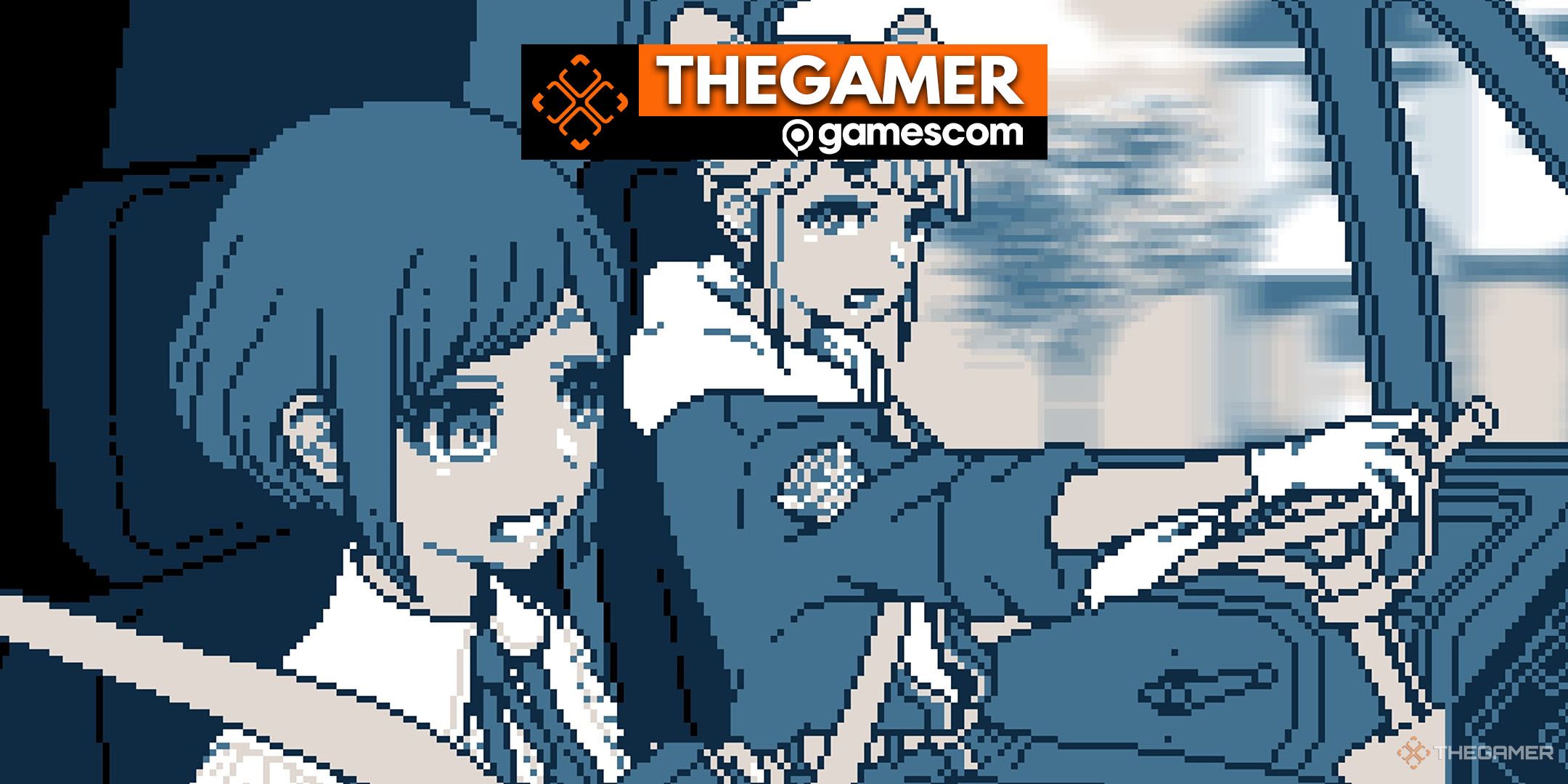
Related
Urban Myth Dissolution Center Could Be This Year’s Paranormasight
We played Urban Myth Dissolution Center at Gamescom and we can’t wait to get creeped out by it at launch.
They tell me how Makoto Wakaido’s Case Files was made to allow players to “finish a case quickly but still feel like they had a full experience,” and Urban Myth Dissolution Center sought to follow a similar path. The game is broken into six chapters and has an approximate playtime of just under ten hours. “We built on that for this game – stacking multiple short episodes to keep things engaging while making sure each one feels satisfying on its own.”
Since the team was “more inspired by novels and TV dramas than games” during the development process, you’ll likely find Urban Myth Dissolution Center to feel like a creepily delightful blended experience. “We designed this game to feel like something between a manga and a game,” they say. “Or a TV drama and an interactive experience.”
But it’s not just the episodic nature of the story leaving you starving for more after each case, nor the grizzly lack of detail in its visuals that makes Urban Myth Dissolution Center feel unique in its genre. It’s not long into her tenure at the titular Center that gumshoe slash curse hunter Azami and her seasoned cohort Jasmine begin to look to social media as a place to search for their next supernatural story. Throughout the game, you’ll visit online communities and see what folks are saying about the mystery you’re trying to solve, often discovering valuable clues this way that you may otherwise have missed.
The devs liken the modern-day internet conspiracy and baseless rumors one might find online to supernatural myths of old, suggesting that social media has simply changed the means of spreading curses or spooky stories like humans always have.
“Urban legends have always been spread through word of mouth, but these days, they’re born and evolve on social media,” they say. “The internet has become a place where fear spreads like wildfire, and sometimes, those fears can even influence real life. That idea felt really relevant, so we ran with it.”
Urban Myth Dissolution Center launched on February 12, 2025 and is available on Steam, Nintendo Switch, and PlayStation 5.
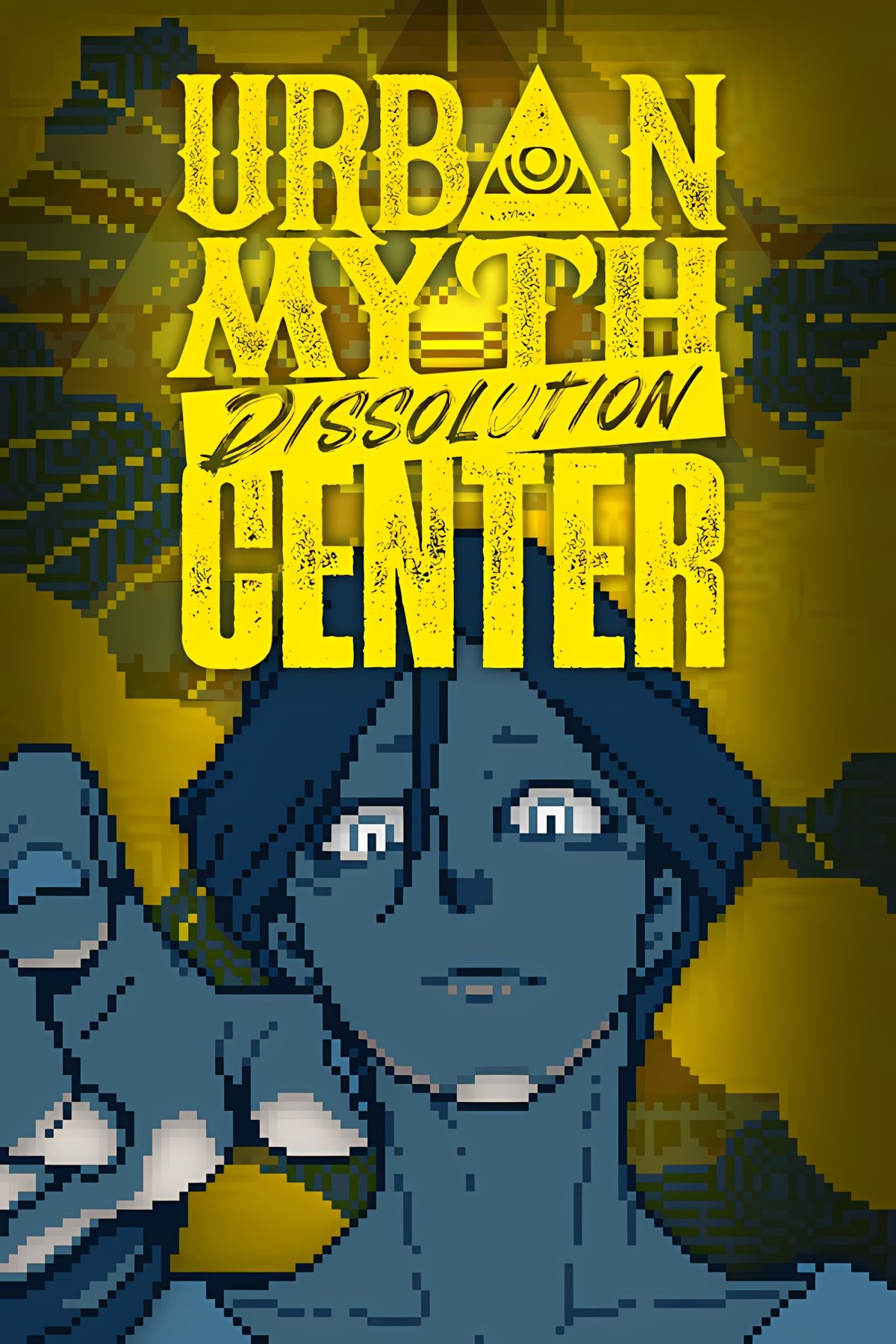
Adventure
Visual Novel
Exploration
- Released
-
February 13, 2025
- Developer(s)
-
Hakababunko
- Publisher(s)
-
Shueisha Games
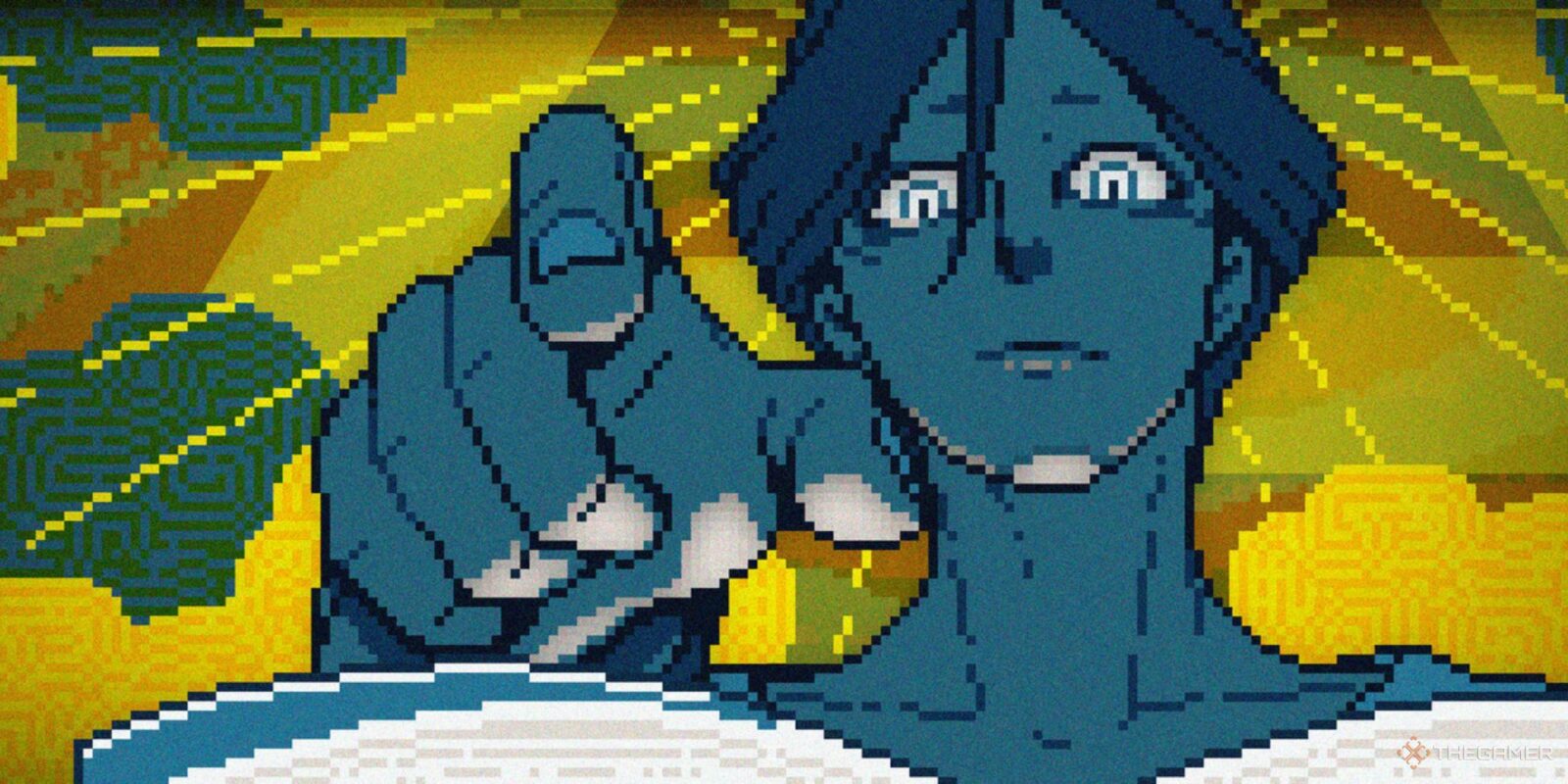
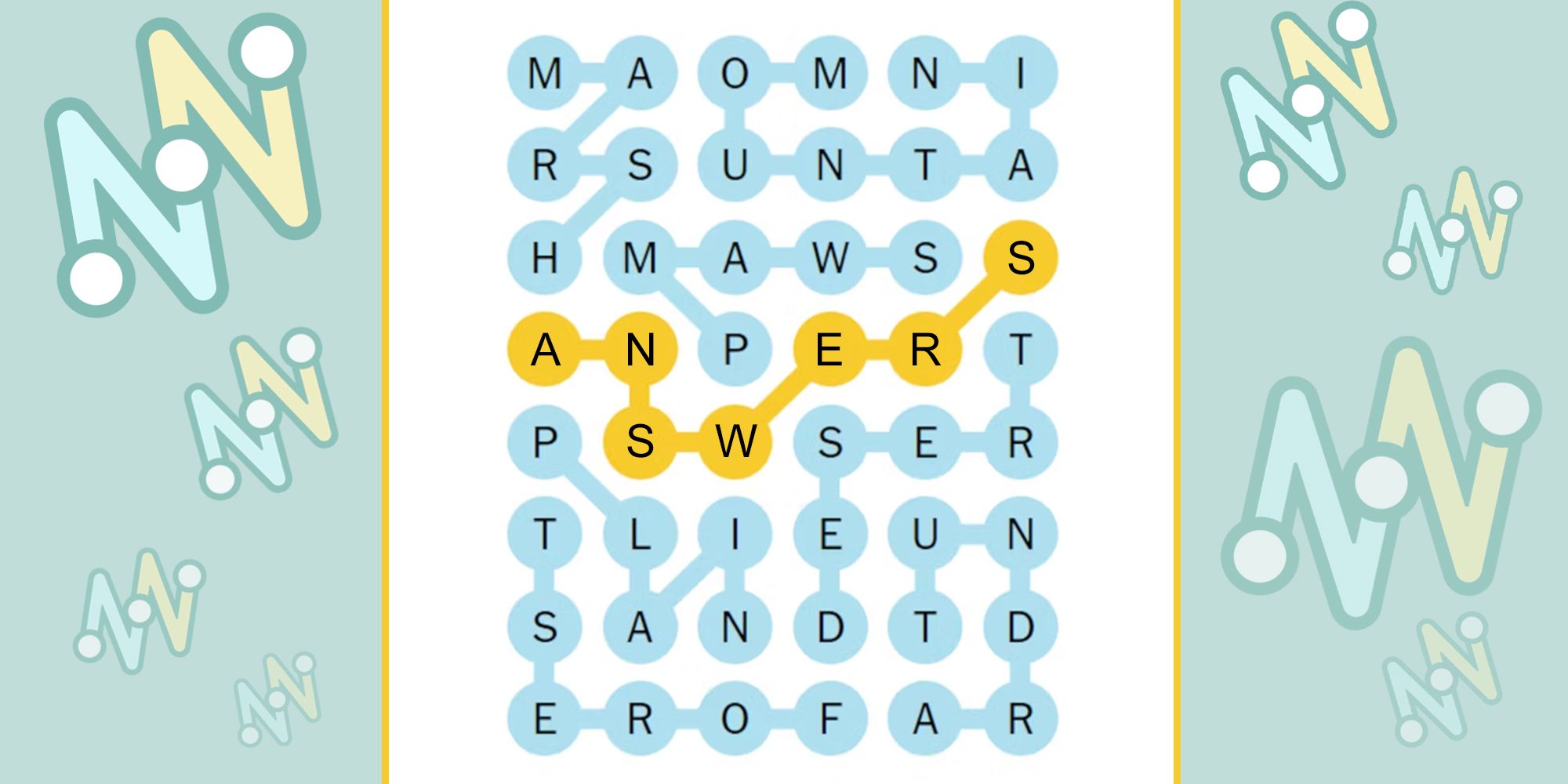
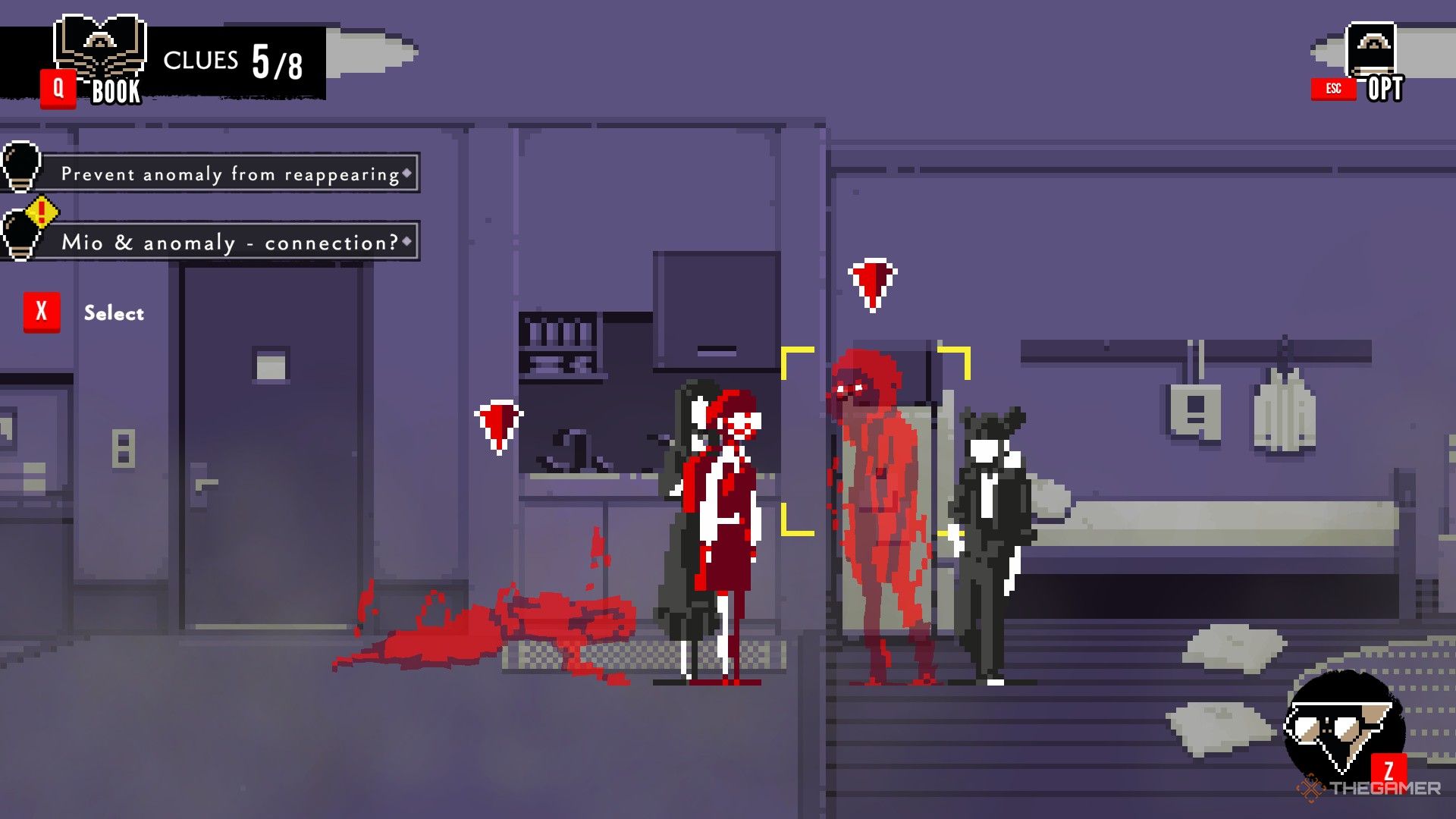
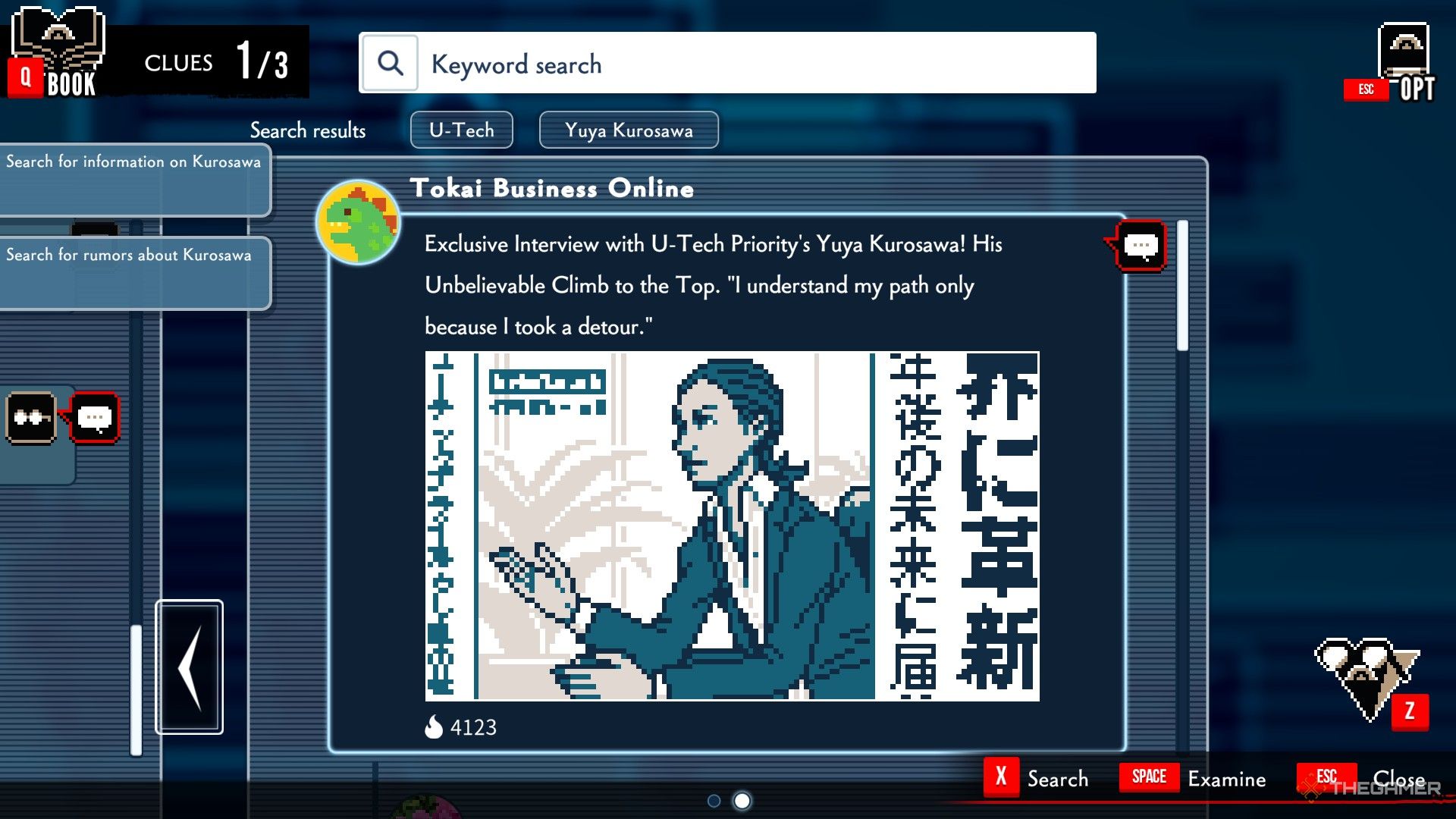

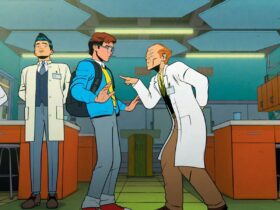
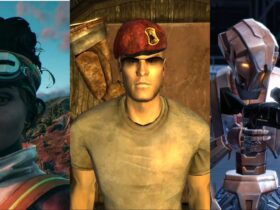
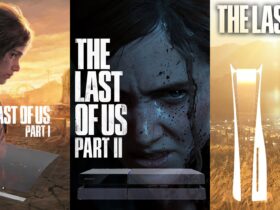
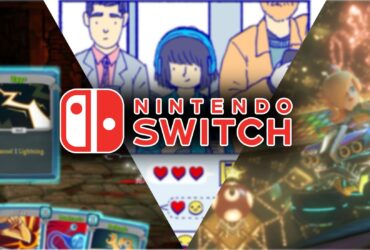

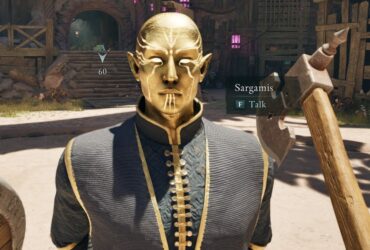
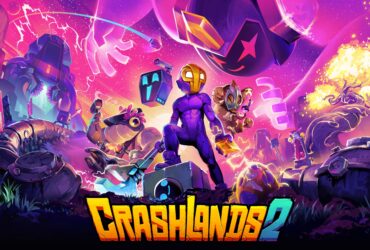
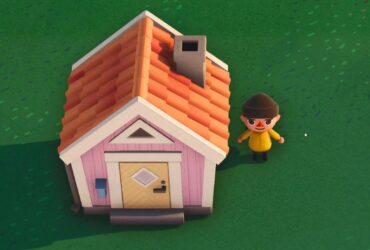
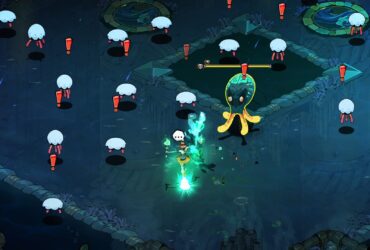
Leave a Reply